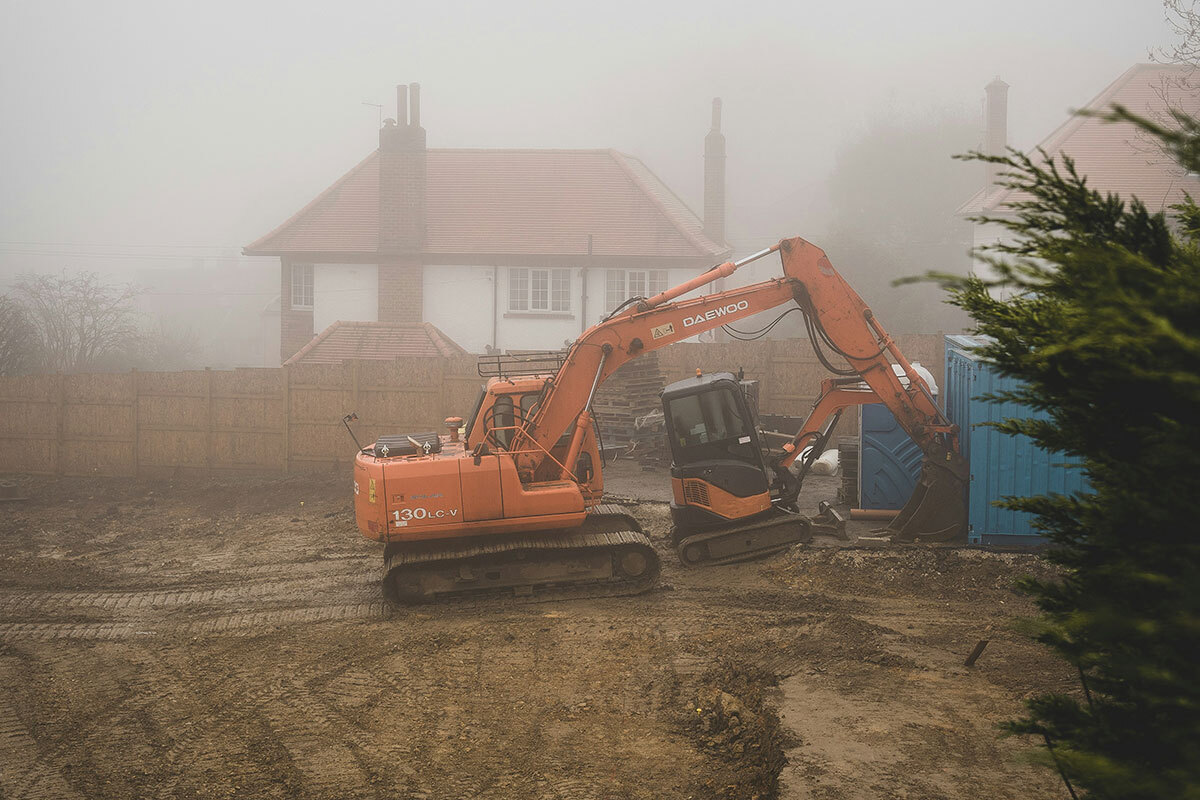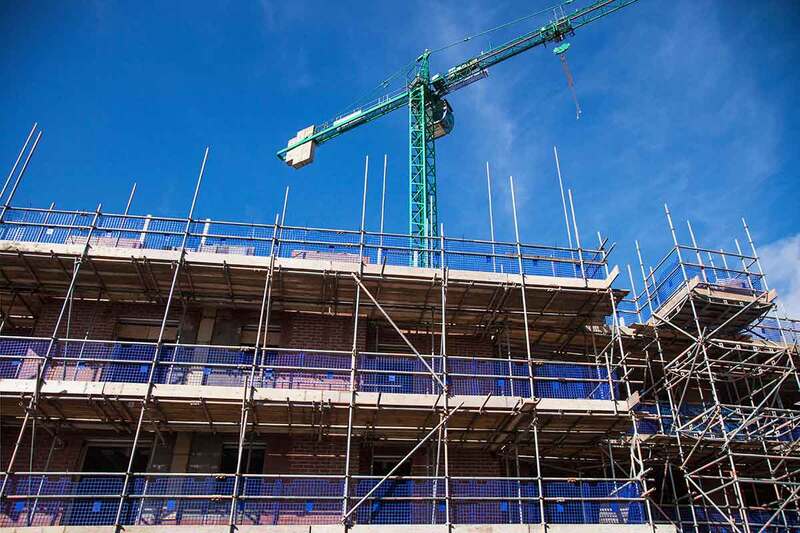Senior figures fear more development constraints and reputational harm to the sector over finance pressures
Finance directors have expressed concerns that development will be hindered further, while raising the possibility that the sector’s reputation will be harmed as a result of economic pressures.
Senior figures from some of the UK’s leading housing associations said the consequences of regulatory and policy demands, high interest rates and squeezed supply chains could lead to a more protracted downturn in development.
Peter Benz, chief financial officer at large London landlord SNG, told Inside Housing: “We, along with the rest of the sector, have sacrificed operating margin in order to meet demands on service delivery and stock investment. We’ve been doing that for the last seven or eight years.
“We can’t continuously have our margin diluted. That’s a coping strategy for a while, but it can’t go on indefinitely.”
He added: “I suspect that any housing associations that have large urban centres of stock will be under significant strain to get EBITDA MRI above 100% and operating margin over 20%.”
Earlier this week (5 March), the G15 group of London landlords called for more funding to boost their dwindling development pipelines.
Duncan Brown, chief finance officer at Vivid, also raised concerns over the impact of financial weakening on the sector’s reputation.
While the sector’s accounts as a whole show that it has the ability to borrow what it needs, with an asset base to secure the debt, some individual providers are “not as strong as they used to be”, he said.
“That is harming the whole sector, and has the potential to harm the sector’s reputation if we’re not able to fulfil our mission. That dual mission of investing in existing stock and investing in new homes – the sector can do it, but that inequality of capacity within the sector has the potential to harm us all.”
For Mr Benz, the sector’s strength overall is similarly apparent. “The sector on the whole has a very strong global balance sheet. Even an 18%, 19%, 20% operating margin is still a very strong margin in comparison with most other industries,” Mr Benz added.
Rob Parkes, the new executive director of finance and governance at Yorkshire Housing, explained that higher interest rates had led to a more drawn-out development programme for the landlord.
“We’ve got an ambition to build 8,000 new homes, which we’re halfway through,” he said. “We’ve still got that ambition, but we’re using our business plan to hold that capacity and to spread that development out over a slightly longer period than we did initially plan to do.”
“That affordability question’s changed because of those external factors of interest rates and inflation,” he added.
Mr Benz raised the issue of declining credit ratings across parts of the sector, noting that rating agencies are taking “a much stricter view of our debt metrics”.
A spokesperson for S&P Global told Inside Housing that the rating agency was “consistently applying its methodology when assessing the credit quality of providers of social housing”.
They added: “Pressure on credit ratings has been due to weakening credit metrics, driven by constraints on rent increases when cost inflation was exceptionally high, more limited grant funding than in many other regions [around the world], higher interest rates, and most importantly, increasing investments in existing stock.”
S&P’s sector outlook from January this year found that many non-US social housing providers were “scaling back on partially debt-funded developments of new homes” to “mitigate the pressures on debt metrics”.
Yorkshire-based landlord Incommunities recently saw its credit rating lowered from A to A- by S&P over its large investments in existing and new homes.
Ahead of June’s Spending Review, Mr Benz said a “step change” is needed to meet the government’s target of 1.5 million homes.
In terms of development, “marginal output improvements will not suffice”.
SNG, which is aiming to build 25,000 homes over the space of a decade, has not been as exposed to building safety remediation costs as others in the G15. Even so, the landlord is not immune to the tough economic conditions.
“SNG is probably better placed than most to withstand these pressures,” Mr Benz said. “But the reality is that this constraining of our financial headroom, albeit from a very high bar, ultimately may result in the constraining of our development activity.”
Mr Brown pointed out that it takes “years, rather than weeks, to actually increase development output”.
“It takes about three years from deciding to increase development activity to actually getting on site and starting to build, and that depends on what’s being built, where it’s being built and the contractual arrangement.”
For most in the sector, firm pledges for any significant new development projects are on hold until June.
“We’re all thinking that there is something coming in the Spending Review, but until we see the size and shape of it, we can’t start to make commitments,” Mr Brown said.
Sign up for our development and finance newsletter
Already have an account? Click here to manage your newsletters












